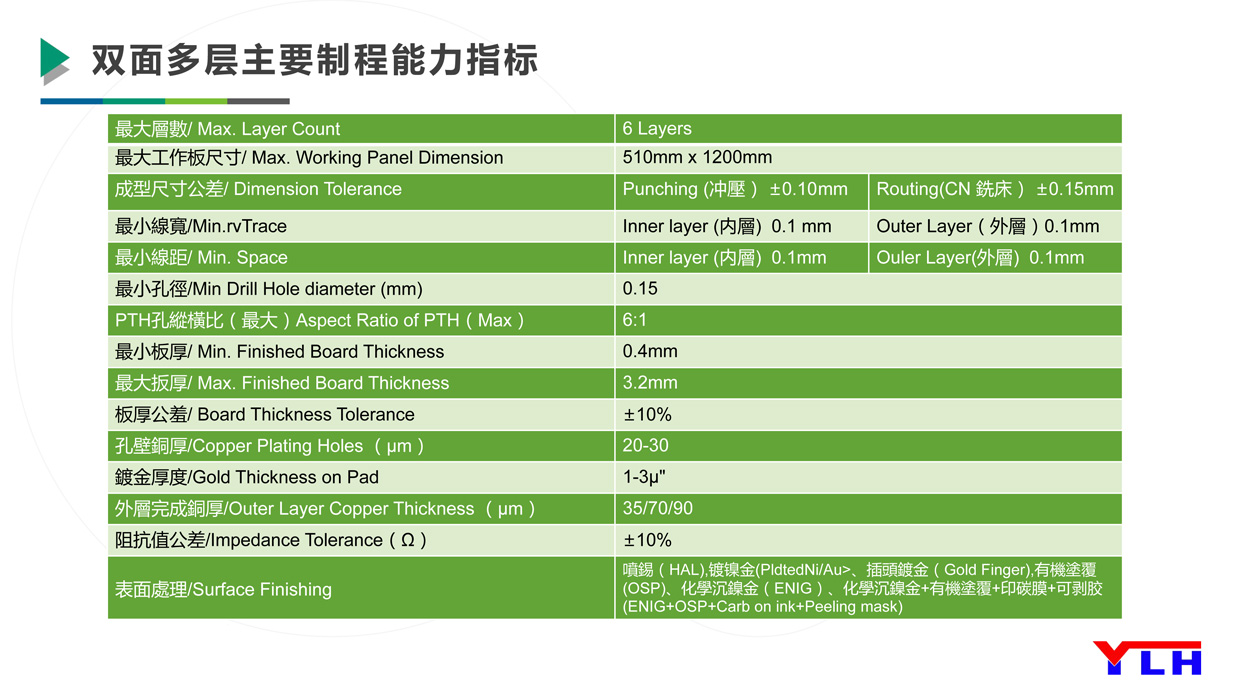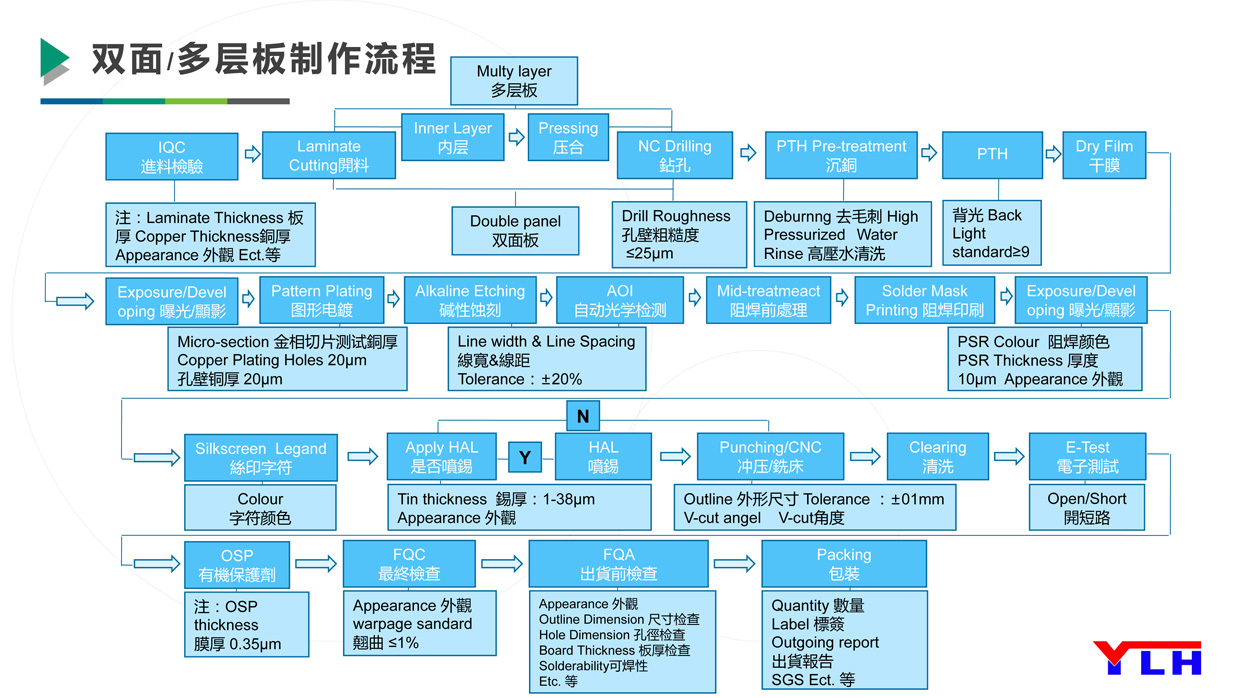Multi-Layer Boards
Multilayer Boards In order to increase the area that can be routed, multi-layer boards use more single or double-sided wiring boards. Using a double-sided inner layer, two single-sided outer layers or two double-sided inner layers, two single-sided outer printed circuit boards, alternating between positioning system and insulating bonding material and conductive patterns Printed circuit boards that are interconnected according to design requirements become four-layer, six-layer printed circuit boards, also known as multi-layer printed circuit boards. The number of layers in the board does not mean that there are several separate wiring layers. In special cases, empty layers are added to control the thickness of the board. Usually the number of layers is even and the outermost two layers are included. Most of the motherboards are 4 to 8 layers of structure, but technically they can achieve nearly 100 layers of PCB. Large supercomputers mostly use quite a few motherboards, but because such computers can already be replaced by clusters of many common computers, super-multilayer boards are gradually being used. Because the layers in the PCB are tightly coupled, it is generally not easy to see the actual number, but if you look closely at the motherboard, you can still see it.







